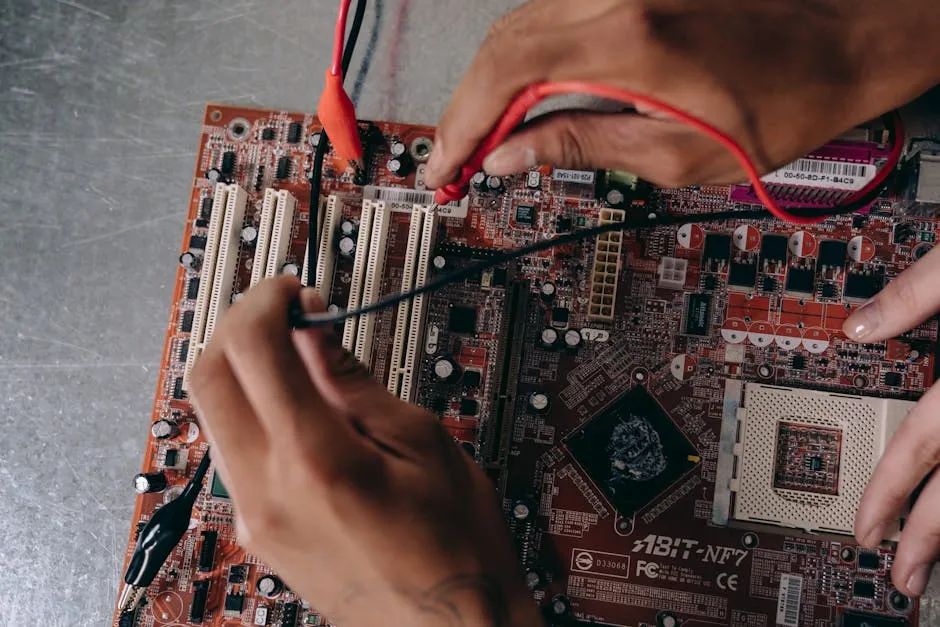In the circuit board manufacturing process, panelization is a crucial step that can enhance the production efficiency and product quality of the SMT assembly line. It is a key topic that many engineers need to focus on. However, many people learn about panelization too theoretically and are not very familiar with most of its content. Therefore, this article will delve into the specific details of PCB panelization.

1. What is PCB Panelization?
PCB panelization is the process of combining multiple circuit boards into a single unit, primarily to meet the processing requirements of the SMT assembly line and improve production efficiency. By panelizing, it ensures that the circuit boards are stably fixed on the assembly line, while also enhancing the working efficiency of the pick-and-place machine and wave soldering.
2. What are the Size Requirements for PCB Panelization?
① Single board size requirements: When the single board size is smaller than 100mm×70mm, panelization should be performed. The size requirements after panelization: Length L should be between 100mm and 400mm, and width W should be between 70mm and 400mm. ② Panelization direction: The panelization direction should be designed parallel to the conveyor edge direction, unless the size cannot meet the above requirements. ③ Special shape processing: For irregularly shaped PCBs, processing edges should be handled. The connection between the processing edge and the PCB should avoid the arrangement of components and lines to ensure smooth soldering and cutting processes. ④ Connection point design: The number of connection points (such as V-CUT or stamp holes) between the small boards within the panel should be controlled within a certain range (≤3) to ensure a smooth cutting and separation process.
3. Specific Details of PCB Panelization
① Panel frame design: The panel frame (clamping edge) should adopt a closed-loop design to ensure that the panel does not deform after being fixed in the fixture. ② Location hole settings: Each small board should have at least three location holes, with a hole diameter between 3mm and 6mm. The four corners of the panel frame should have four location holes, with a diameter of 4mm±0.01mm, to ensure high-precision positioning. ③ Distance from components to edges: There should be a space greater than 0.5mm between the components and the edge of the PCB to avoid damage to the components by the cutting tools. ④ Component arrangement near connection points: Large components or protruding components cannot be near the connection points between the panel frame and internal small boards or between small boards to ensure a smooth cutting process. ⑤ Reference positioning point settings: When setting reference positioning points, a non-solder mask area larger than 1.5mm should be left around the positioning points to ensure accurate positioning. ⑥ Positioning of large components: Large components (such as I/O interfaces, microphones, battery interfaces, etc.) should have positioning pillars or holes to ensure their stability and accuracy during the panelization process.
This is an original article from Fan Yi Enterprise Training. Please indicate the source when reprinting!
Submissions/Recruitment/Advertisements/Course Cooperation/Resource Exchange; please add WeChat: 13237418207